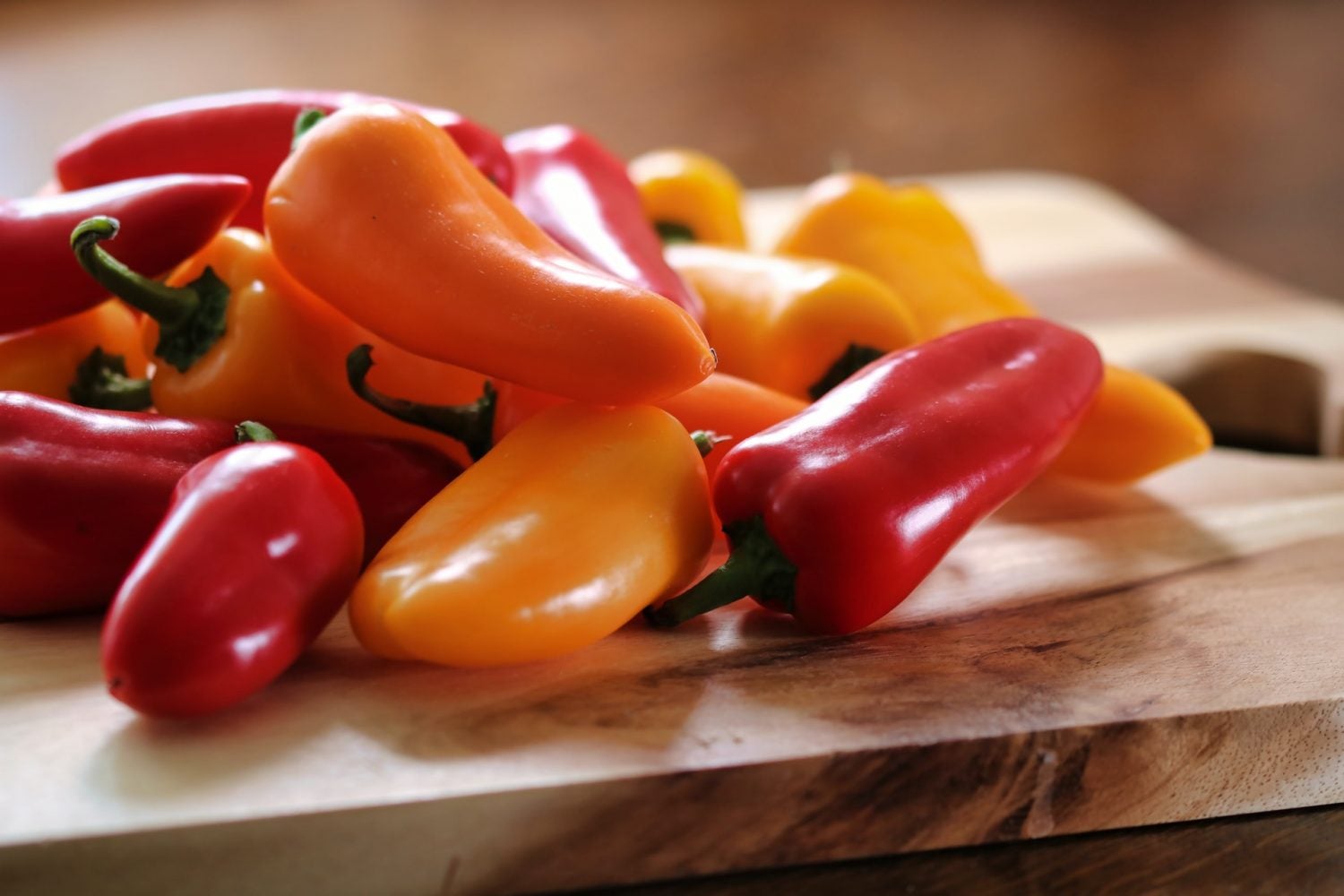Adding heat to your dishes is a surefire way to ensure that every plate and meal is breathtaking. Unfortunately, it’s easy to overdo it, and not everyone loves spicy food.
If you want hot dishes, but don’t want to ruin your tastebuds, here are some ways to cut down on the heat while still enjoying it.
Balance With Dairy and Fat
This method can be used to fix a dish that went too far or to give a dish a rounded flavor from the beginning. In addition, dairy helps cut down on the intensity of capsaicin and gives your body the chance to enjoy the flavors and some of the heat without overwhelming and hurting your tastebuds.
You can do this at the end of dishes by topping with sour cream or cheese if someone in your family doesn’t like heat as much as everyone else, or combine them as it cooks to give your recipes the best chance as they cook. Of course, reducing your peppers can also work, but if you don’t want to stray too far from a recipe, it’s okay!
Know That Sugar Helps Cut Heat
Sugar helps neutralize the heat of chili peppers! This allows you to cut down on the warmth of a dish without worrying about ruining the flavor. Some sweet and spicy ingredients like cranberry pepper jelly will enable you to get the best of both worlds with intentionally sweet heat.
Of course, sugar may not work for every dish, so if you want the help of sugar, without changing the flavor of your dish, you can also serve sweet drinks on the side to allow people to cut the spice but still taste your amazing food.
Try Alternatives to Spicy Peppers
If you like heat, but peppers have been punishing you: try to find your heat through other methods! This could mean using horseradish, cinnamon, or other sources to try and spice your dishes. Peppers can be awesome, but until you find the right balance, you can try other sources of heat to make your dishes taste the way you want them to.
Season and Taste Constantly
When you’re seasoning something and are worried about overdoing it, season slightly and then taste it after a couple of minutes, if it still needs more, add a little more until it starts to get where you want it.
Although this method of seasoning a dish takes longer and isn’t as fun as fully pouring in as much flavor as you want: it’s nice for those who want to be cautious and ensure that they don’t overdo it.
Understand That Heat Builds
Heat builds as a recipe cooks. Something that might taste mildly spicy a couple of minutes after you add a couple of diced jalapenos to it will taste spicier after a half-hour of simmering together.
This is for many reasons, the largest of which being that as food cooks, it loses moisture and condenses the flavors. On top of this, cooking with peppers takes time for the flavors to release, so they may not come to full fruition until it’s cooked for a while.



















